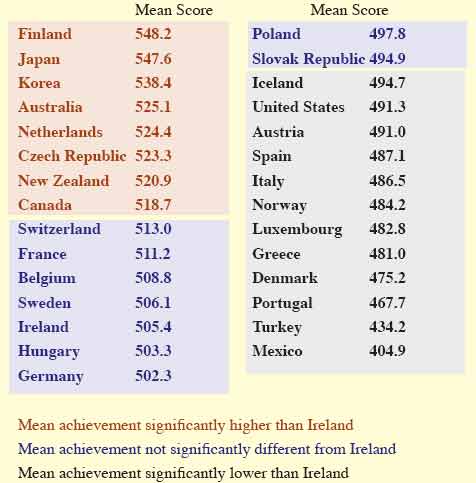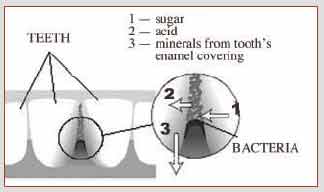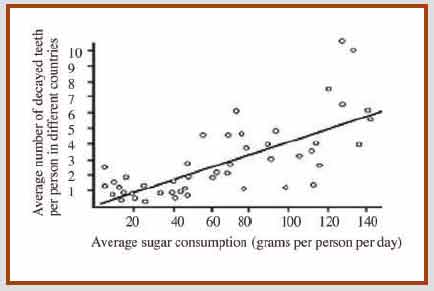| 2006 |

|
YEAR BOOK |
Department of Education and Science
|
The scientific literacy of Irish 15 year olds
|
PISA is a project of the Organisation for Economic Cooperation and Development (OECD). In Ireland, PISA is conducted by the Educational Research Centre (ERC) in collaboration with the Department of Education and Science. The assessment which was first carried out in 2000 is designed to take place every three years. Over 50 countries are participating in PISA 2006.
PISA measures student achievement within a framework for assessment that focuses on the development of 'literacy' in the core areas of reading, mathematics and science. Literacy is defined as the 'capacity of students to apply knowledge and skills and to analyse, reason and communicate effectively as they pose, solve and interpret problems in a variety of situations'. It is the students' ability to demonstrate their understanding of key concepts and their ability to solve problems set in a real-life context which is assessed in PISA, rather than the more limited assessment of their ability to recall subject-specific knowledge associated with traditional school-based curricula. In PISA 2000 the major domain was reading literacy, while mathematics and science were minor domains. In PISA 2003 the main focus shifted to mathematical literacy. Scientific literacy is the major domain in PISA 2006.
In assessing scientific literacy PISA places a particular emphasis on scientific processes which are expressed as: describing, explaining and predicting scientific phenomena; understanding scientific investigation; and interpreting scientific evidence and conclusions. Assessment is based around units containing a written passage or graphic followed by a series of questions. The types of questions in the units vary, with some allowing students to construct their own answers, while others are presented in a multiple-choice format. Some examples are given below.
As well as completing the assessment element of PISA 2006 students also completed a questionnaire on their general engagement with, and interest in, science. Principals and teachers also completed questionnaires.
The principals' questionnaire included issues such as school demographics, funding and school policies with respect to science. The teachers were surveyed about teaching methodologies and resources. Both principals and teachers were asked questions on the implementation of the revised Junior Certificate Science syllabus.

In scientific literacy, Ireland scored significantly above the OECD average in PISA 2003 (see table), with little difference between male and female students. However, the gap between Ireland's mean score and those of the highest-scoring countries was considerable. As in PISA 2000, students who reported that they did not study science did less well on the assessment of scientific literacy than students taking science as a subject. These students also did less well on mathematics and reading literacy than their counterparts. As scientific literacy is the major domain in PISA 2006, the survey conducted in March will allow a more in-depth examination of Irish students' achievements in science across a wider range of content areas than was possible in either 2000 or 2003.
PISA 2006 coincides with the first examination of the revised Junior Certificate Science syllabus, introduced in 2003. It will therefore provide a particularly useful benchmark of student achievement at this time. Comparisons with our performance in PISA 2000 and 2003 will be of special interest. The student, teacher and school questionnaires will also provide valuable perspectives on the teaching and learning of science. Though testing is completed in Ireland, the results of the overall programme of assessment will not be released by the OECD until December 2007, when a national report on the performance of Irish students will also be launched. Further information on PISA may be obtained from the OECD website www.pisa.oecd.org or from the ERC website at www.erc.ie/pisa .
Sample test items
Tooth decay

� Bacteria that cause caries feed on sugar.
� The sugar is transformed to acid.
� Acid damages the surface of teeth.
� Brushing teeth helps to prevent caries.Question 1.
What is the role of bacteria in dental caries?
A. Bacteria produce enamel.
B. Bacteria produce sugar.
C. Bacteria produce minerals.
D. Bacteria produce acid.Question 2.

Which one of the following statements is supported by the data given in the graph?
A. In some countries, people brush their teeth more frequently than in other countries.
B. The more sugar people eat, the more likely they are to get caries.
C. In recent years, the rate of caries has increased in many countries.
D. In recent years, the consumption of sugar has increased in many countries.Question 3.
A country has a high number of decayed teeth per person.
Can the following questions about tooth decay in that country be answered by scientific experiments? Circle 'Yes' or 'No' for each question.
Can this question about tooth decay be answered by scientific experiments? Yes or No?
What would be the effect on tooth decay of putting fluoride in the water supply? Yes / No
How much should a visit to the dentist cost? Yes / No
Tobacco smoking
Some people use nicotine patches to help them to give up smoking. The patches are put on skin and release nicotine into the blood. This helps to relieve cravings and withdrawal symptoms when people have stopped smoking.
To study the effectiveness of nicotine patches, a group of 100 smokers who want to give up smoking is chosen randomly. The group is to be studied for six months. The effectiveness of the nicotine patches is to be measured by finding out how many people in the study have not resumed smoking by the end of the study.
Question.
Which one of the following is the best experimental design?
A. All the people in the group wear the patches.
B. All wear patches except one person who tries to give up smoking without them.
C. People choose whether or not they will use patches to help give up smoking.
D. Half are randomly chosen to use patches and the other half do not use them.
Fit for drinking
It is important to have a good source of drinking water. Water found underground is referred to as ground water.
Question.
Give one reason why there is less bacteria and particle pollution in ground water than in water from surface sources such as lakes and rivers.
Contact: Doreen McMorris,
Assistant Chief Inspector,
Department of Education and Science, Marlborough Street, Dublin 1.
Further information on PISA may be obtained from the OECD website www.pisa.oecd.org or from the ERC website at www.erc.ie/pisa .